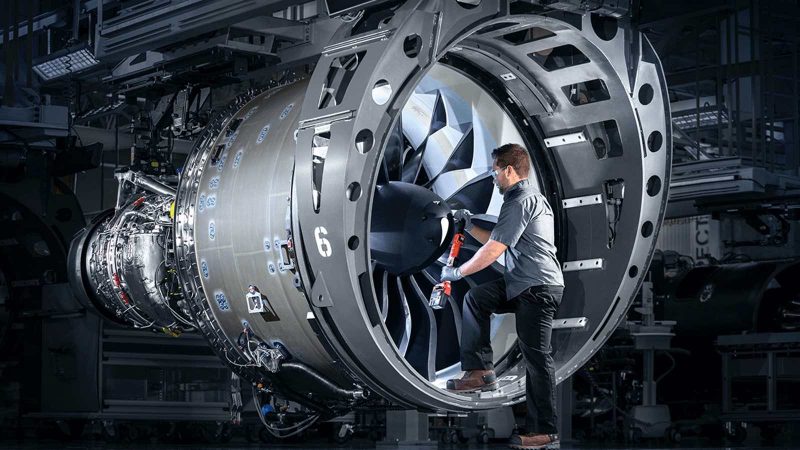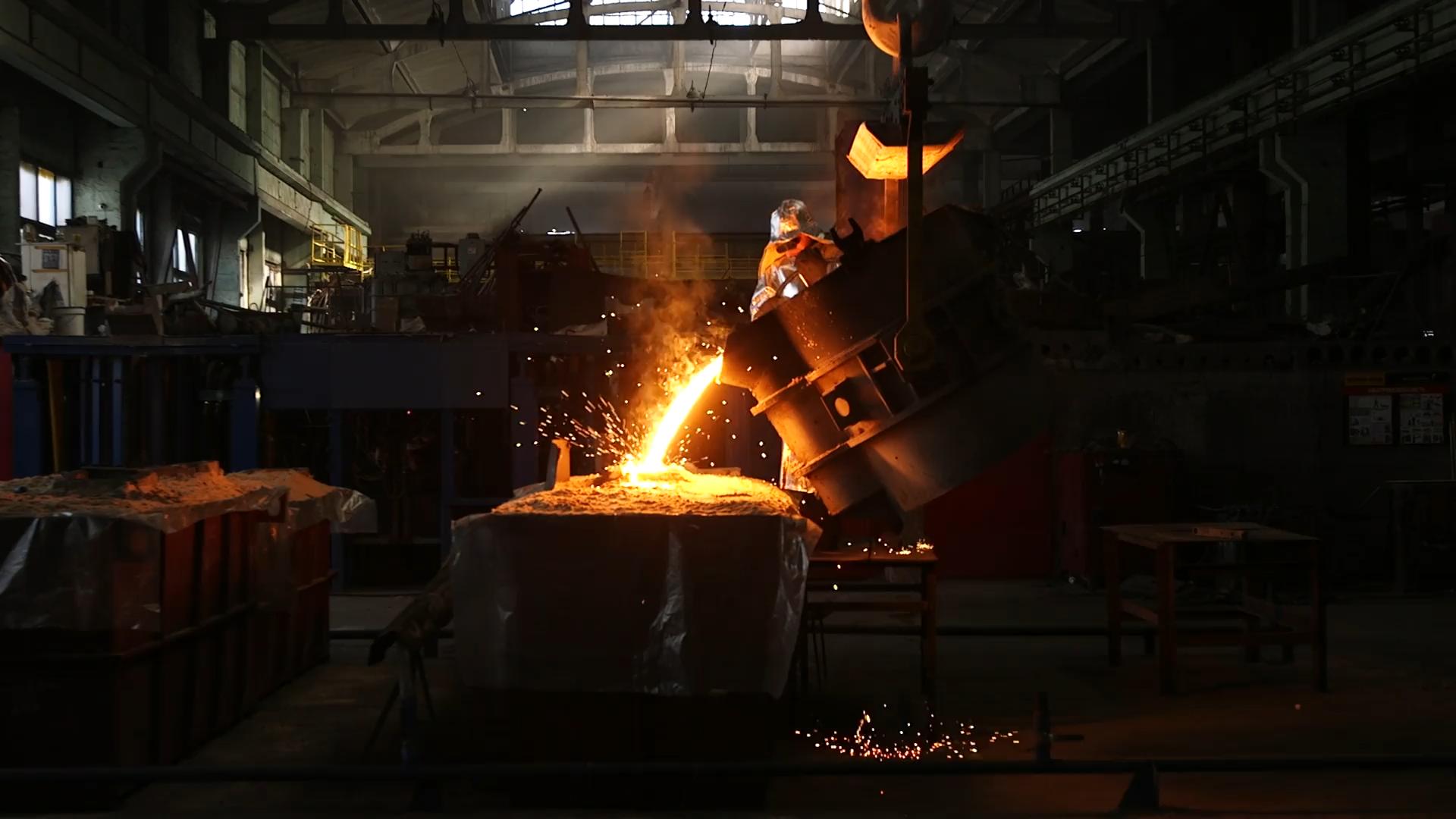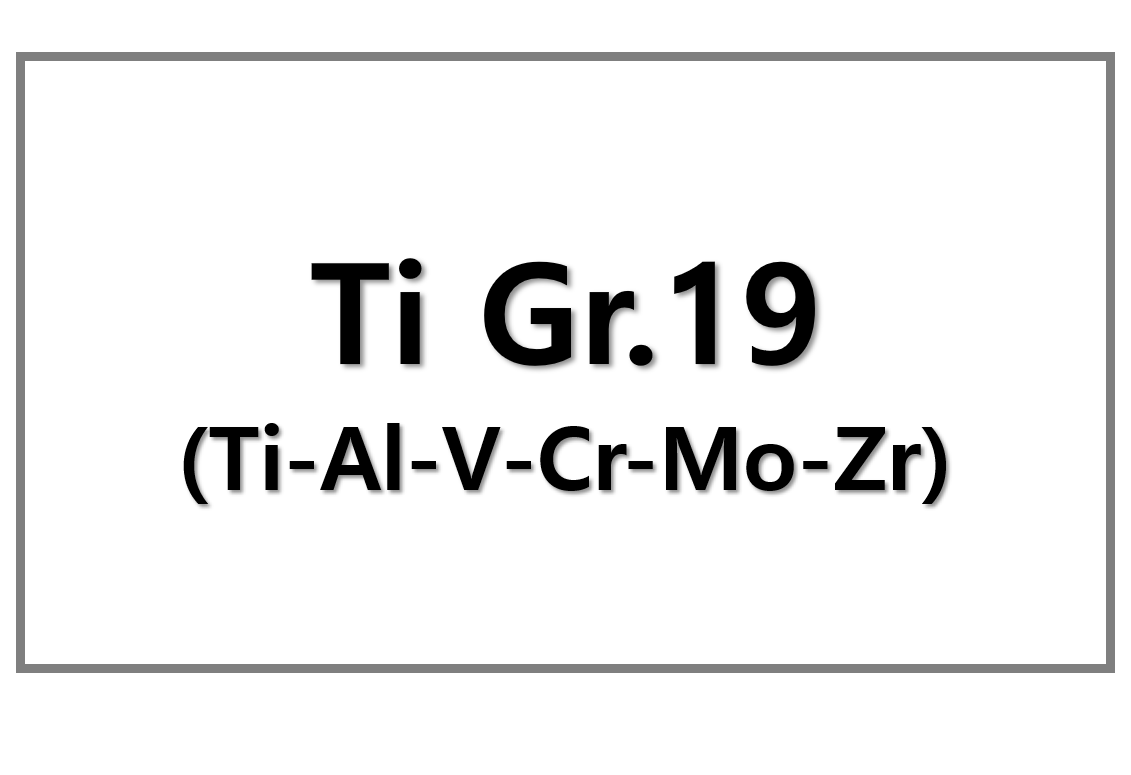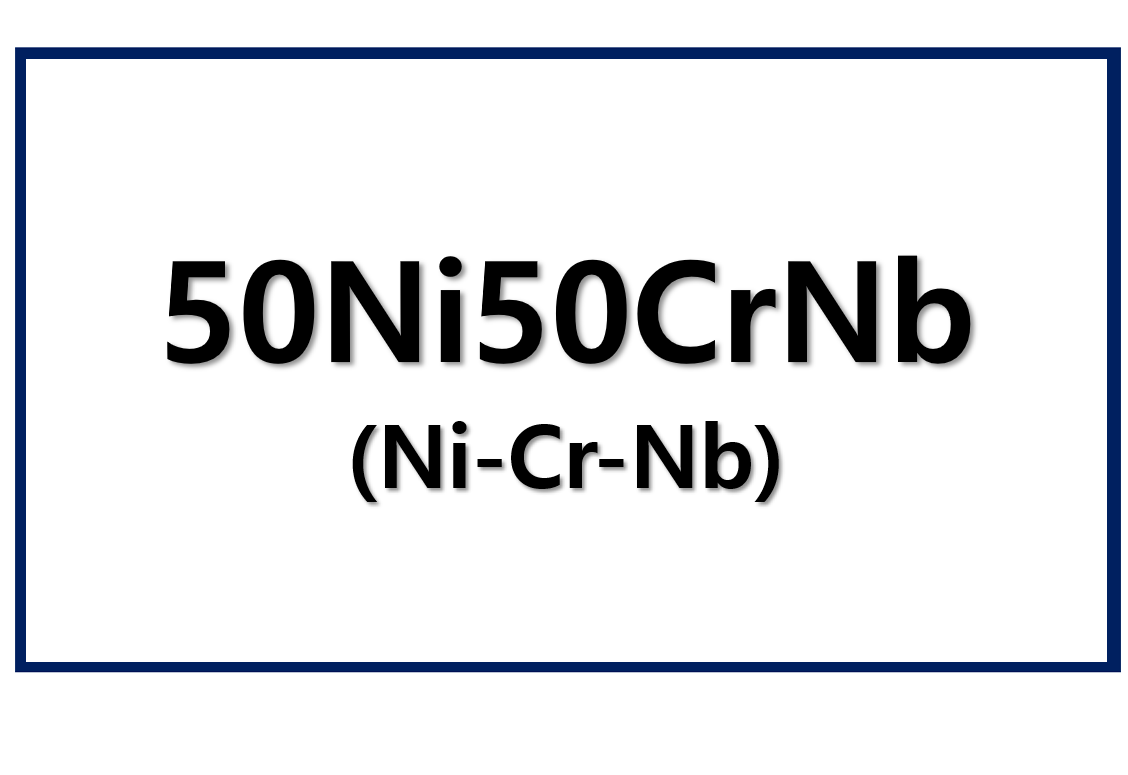
Pratt & Whitney is now using additive manufacturing to repair critical GTF engine components. This advanced 3D printing technology helps save time and reduce costs. The new process is set to transform the repair of GTF engines. It accelerates turnaround times and cuts material and tooling costs significantly.
Improving Repair Efficiency with Additive Manufacturing
Pratt & Whitney developed this new process in collaboration with the Connecticut Center for Advanced Technology and the RTX Research Center. The process uses Direct Energy Deposition (DED) technology. This method saves up to 60% on repair time and is expected to recover $100 million worth of parts over five years. By eliminating several steps, it reduces machine changeovers and heat treatment cycles.
Kevin Kirkpatrick, VP of Aftermarket Operations, stated, “This repair process improves turnaround times and reduces tooling costs, complexity, and setup.” He also mentioned that this technology will ease the reliance on material supply constraints, enhancing overall efficiency across Pratt & Whitney’s global GTF MRO network.
Scaling Additive Manufacturing for GTF Engine Repairs
Pratt & Whitney plans to expand this additive repair process to its global MRO network. The company is industrializing the process and hopes to restore worn components through normal engine operation in the future. Pratt & Whitney is also exploring additional ways to optimize GTF engine repairs using this technology.
Additive manufacturing, particularly Direct Energy Deposition, is gaining traction in the repair sector. Companies like Optomec have succeeded in this field by refurbishing turbine blades. Other manufacturers, such as Nikon and ADDiTEC, have introduced similar systems aimed at turbine blade and metal repair applications in the defense sector.
Focus on Additive Manufacturing for Engine Component Repairs
The use of additive manufacturing in engine repairs will not only reduce repair times but also lower costs. This repair method marks a significant advancement for the aerospace industry. It promises to improve maintenance efficiency for critical GTF engine components.











Leave a Reply
You must be logged in to post a comment.